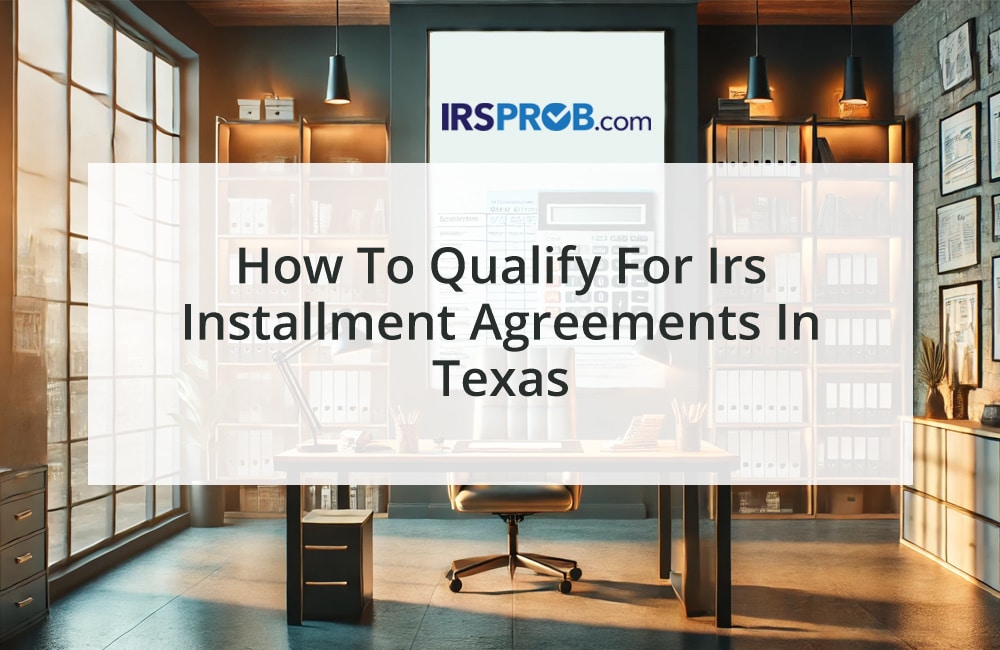[vc_row][vc_column][vc_column_text]For the past several years, federal taxes have shown to trend lower.
That time may be coming to an end, especially for well-to-do individuals.
The major factor to consider is that our country might finally be forced to confront the issue of ongoing huge federal budget deficits—which have been made that much bigger by costly federal COVID-19 relief measures.
Can you protect what you currently have from a potential oncoming federal estate and gift tax threat? Possibly.
Before crafting a strategy to bypass the threat, let’s first cover the necessary background information. Here we go:
Today’s Federal Estate and Gift Tax Picture
The Tax Cuts and Jobs Act (TCJA) drastically increased the unified federal estate and gift tax exemption from $5.49 million for 2017 to $11.58 million for 2020—with inflation adjustments scheduled for 2021-2025. If you’re married, your spouse is entitled to a separate exemption in the same amount.
If you make cumulative lifetime taxable gifts in excess of the exemption amount, the excess is taxed at a flat 40 percent rate. If you pass away with an estate valued at more than the exemption amount, the excess is taxed at the same flat 40 percent rate.
Taxable gifts mean gifts made in one year to one individual that exceed the annual federal gift tax exclusion. The exclusion for 2020 is $15,000, and it will probably stay at that number for the next few years (unless our duly-elected politicians reshuffle the deck).
If you make taxable gifts during your lifetime, you won’t actually owe any federal gift tax until the cumulative amount of such gifts exceeds the unified federal estate and gift tax exemption. Excess gifts reduce your unified exemption dollar-for-dollar, but only a few very generous individuals ever actually owe federal gift tax.
Views of Earlier Federal Estate and Gift Tax Regimes
Today’s federal estate and gift tax regime is far more taxpayer friendly than the regimes that existed earlier in this century.
1.) For 2000, the federal estate tax exemption was $675,000, and the maximum tax rate was 55 percent.
2.) For 2005, the exemption was $1.5 million, and the maximum tax rate was 47 percent.
3.) For 2009, the exemption was $3.5 million, and the maximum tax rate was 45 percent.
4.) For 2010, but just for that one year, estate executors could opt for a zero federal estate tax bill in exchange for giving up tax-basis step-ups for certain assets inherited by beneficiaries of the deceased individual.
5.) For 2015, the unified federal estate and gift tax exemption was $5.43 million. The tax rate on cumulative lifetime gifts in excess of the exemption and estates valued in excess of the exemption was a flat 40 percent.
6.) For 2020, the unified federal estate and gift tax exemption is $11.58 million. The tax rate on cumulative lifetime gifts in excess of the exemption is a flat 40 percent. The tax rate on the estate of an individual who passes away this year with an estate valued in excess of the exemption is a flat 40 percent.
The Portable Exemption Privilege
Since 2011, we’ve had so-called federal estate and gift tax exemption portability for married couples. If one spouse dies without using his or her exemption, the surviving spouse is allowed to inherit the deceased spouse’s unused exemption.[/vc_column_text][us_image image=”1877″][/vc_column][/vc_row]








